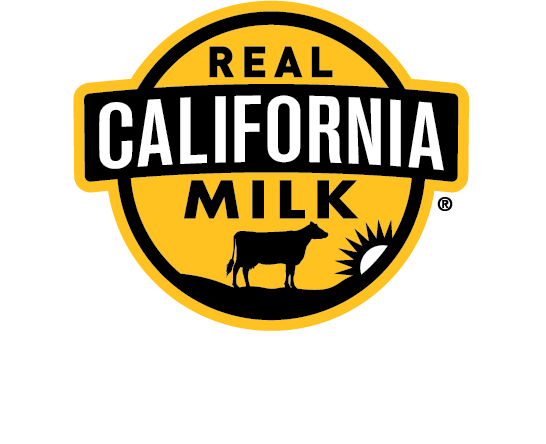From the Winter 2016 Newsletter
Butter is Back as Consumption Hits 40-Year High
Highlight the Goodness of Butter on Menus

Have you noticed? Butter is back! It’s out of the back room and returned to the center of the plate. It’s the star again as Americans spread, whip, cream and lather on butter to the tune of 5.6 pounds a year per capita.
The butter vs. margarine debate has raged for decades. Whether cooking, sauté or spreading on bread, consumers and foodservice professionals contemplate the choice. As more evidence surfaces, it’s clear...butter is better.
Consumers have come around to fresh, natural and clean labels as the drivers of their food choices. Butter wins on every count. In addition, butter tastes and performs better. Even the most loyal margarine users (and producers) admit it daily. This is clearly exemplified by a product called “I Can’t Believe It’s Not Butter.”
BUTTER IS BACK
Over the past few decades, margarine makers won over consumers by touting benefits tied to cholesterol and the “good” polyunsaturated and monounsaturated fats. They downplayed the trans-fats found in many brands of margarine, which consumers are coming to understand have negative health effects.
Butter is a natural product, and like many foods when used in moderation, it is an excellent choice. It’s digested easily and makes any food item taste better. Manufacturers and restaurateurs desire clean labels – butter wins in that comparison over margarine or any other alternative.
Recent statistics reflect the shift: Butter use in the U.S. has risen 25 percent in the past decade reaching almost 900,000 tons, an amount not seen since 1945. Meanwhile, margarine consumption is in freefall with nationwide per capita consumption declining from 11.9 pounds in 1976 to 3.6 pound per person in 2013.
MENU DRIVERS FOR BUTTER
Now is the time for foodservice operators to “call out” the goodness of butter on menus. Key menu descriptions include:
- Upscale bread service with butter
- Fresh steamed vegetables with a butter sauce
- House-made roux featuring clarified butter
- Baked potatoes with fresh creamery butter
- Steaks laced with butter
- Lemon butter sauce for fish and seafood
BAKE UP PROFITS WITH HOLIDAY COOKIES
Butter’s role in the kitchen is even greater at the holidays, which are all about parties and celebrating with gingerbread, cookies and treats. Even this late in the season, restaurants can cash in on the holiday spirit with special seasonal items that tap into a willingness by consumer to indulge.
Holiday cookies are one of the easiest ways to capture the holiday spirit. Of course, this opportunity only exists in segments of the industry, as selling cookies should match the position of the restaurant: It’s a good idea for bakeries, cafes, sandwich or lunch spots, pizza and the fast-casual establishments, but less appropriate in fine dining or Asian restaurants, for example.
There are a few ways for foodservice operators to deliver cookies to customers: Bake in-house, buy from a local bakery, or sell as dough for take-and-bake.
All three options have potential for nice profit margins. Obviously, baking in the restaurant kitchen involves planning and labor, but there’s usually some slow time in the afternoons. Logistically, bulk butter is readily available from distributors, as well as flour, sugar and spices; cookie cut-outs and decorations are also easy to source. In addition, kitchen staff can have fun with the baking, as it’s a nice way to build teamwork.
If baking in-house is too difficult, operators can source cookies from a quality local bakery and offer for resale. Stack near the register or in the waiting area to make sure the kids see them, adding more incentive for an impulse buy. The other option is to outsource the hard part of cookie making by using your existing facilities and equipment to make dough and package it for sale. Diners can just buy a bag of dough to bake and/or decorate at home. This simple, add-on sell can easily raise your average ticket $4-$6.
In the end, celebrate the holidays by offering a traditional favorite treat: Customers will eat them up and appreciate not having to make them at home. And most importantly, use fresh, creamery butter at your foodservice operation to bring some joy and add to profits.
Consumer trends shift but great taste never goes out of style. The current desire for fresh, natural and farm-to-table is an easy way to reposition butter as the healthy alternative that is right for today’s consumer. Happy holidays from the Foodservice Staff at the CMAB.

